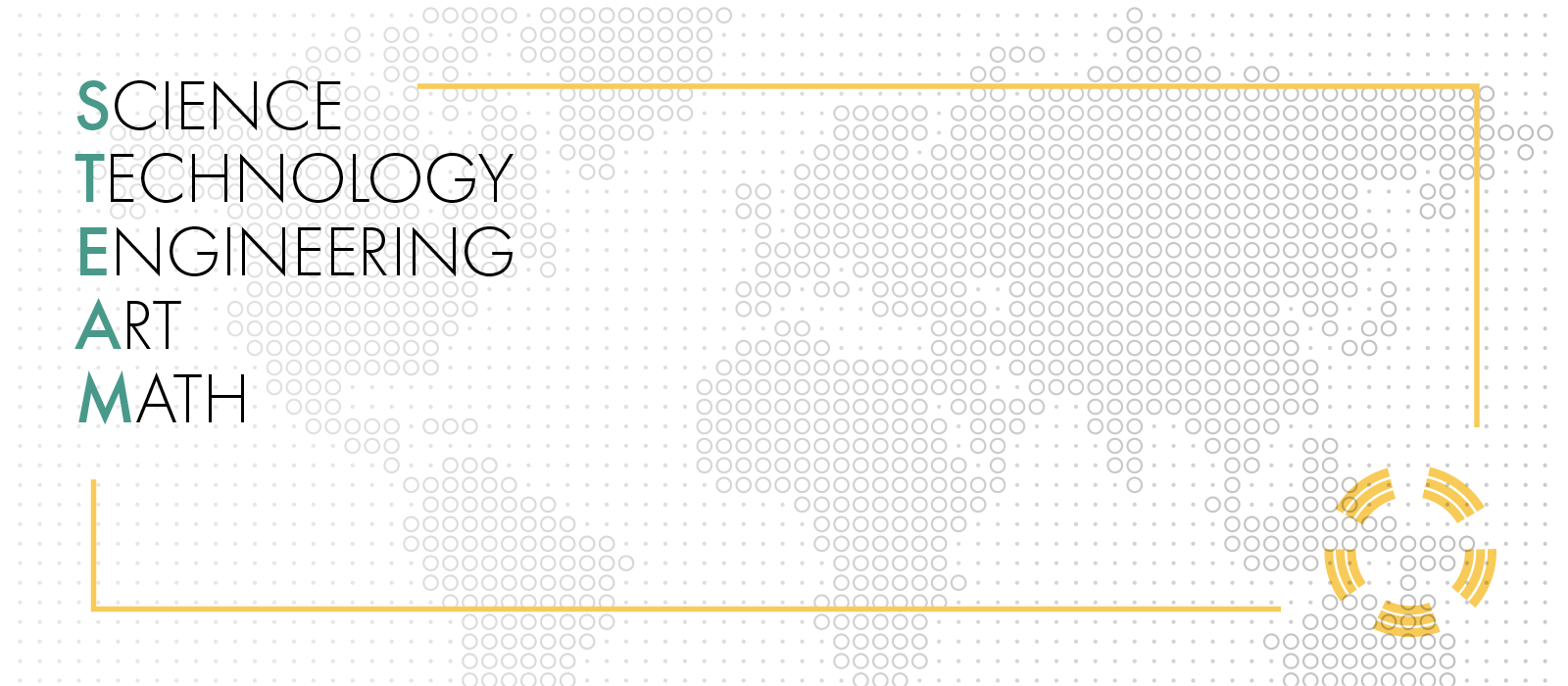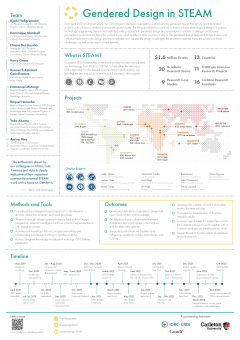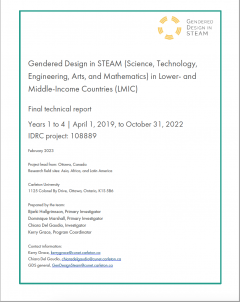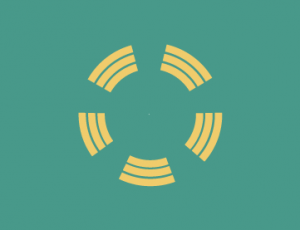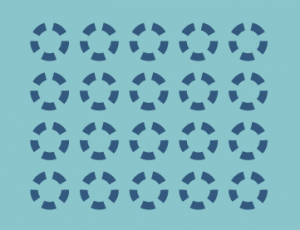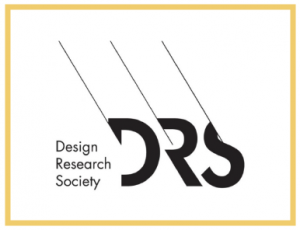Gendered Design in STEAM
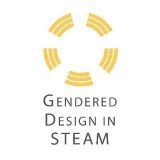 Gendered Design in STEAM (science, technology, engineering, art and mathematics) for Lower-and-Middle-Income-Countries (LMICs) is a three year program (2019-2022) funded by the International Development Research Centre and facilitated by Carleton University in Ottawa, Canada.
Gendered Design in STEAM (science, technology, engineering, art and mathematics) for Lower-and-Middle-Income-Countries (LMICs) is a three year program (2019-2022) funded by the International Development Research Centre and facilitated by Carleton University in Ottawa, Canada.
Starting in 2019, the Gendered Design in STEAM (GDS) project has been investigating & advancing gendered design through 20 IDRC-awarded grants across the global south. The 20 selected research teams come from Africa, Asia & Latin America. The teams work in a variety of fields that practice design processes, but they share a common goal: to identify & overcome gender bias & tackle issues especially affecting women in Lower-and-Middle-Income countries (LMIC).
___________________________________
This project builds on work of scholars in humanities, social sciences and design who are actively transforming the traditional science, technology, engineering & mathematics (STEM) fields into something with a more human-centred approach, taking STEM to STEAM by including the arts.
Each of the 20 GDS awarded projects is centred in one or more of the five fields of STEAM:
![]()
![]()
![]()
![]()
![]()
Driven by local interests, the awarded projects for GDS go beyond the common focus of gender innovations in health & agriculture by supporting advances in the fields of STEAM related to the following six sectors:
The goals of the program include contributing to more inclusive technological designs in STEAM by building capacity in gendered design and innovations. These are new or improved products and processes designed using sex and gender analysis, generating substantial benefits for society, and advancing gender equality.
Within the context of this program, Gendered Design is defined as reflecting upon and incorporating gendered considerations when designing technological-based solutions, applications, methods, or processes. This especially pertains to women, who are too often underrepresented and/or overlooked in technical and design fields. At the same time, this program is intended to be exploratory in coming to terms with what gender and design can mean within different geographical and national contexts.
Read our final technical report (2023)
